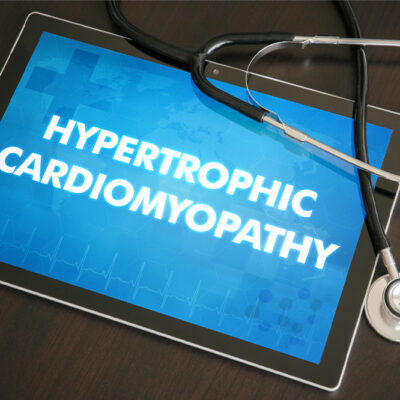
health
Chronic immune thrombocytopenia – Symptoms and management
Immune thrombocytopenia, formerly called idiopathic thrombocytopenic purpura, is a disorder that causes excessive bleeding and bruising. The uncontrolled bleeding may be due to low levels of platelets—the blood cells that help the blood clot. This health condition is known to cause purple-colored bruises and tiny rash-like reddish-purple dots on the skin. In most cases, children may develop it after a viral infection and recover entirely, but the disorder is usually long-term or chronic in adults. Symptoms Chronic immune thrombocytopenia often does not have symptoms. But in rare cases, they do occur in a gradual manner. Some signs to look for out are: Purple bruises on the skin Patients may notice tiny purple-colored bruises on the skin, known as purpura. Sometimes these bruises occur inside the mouth. Easy bruising One may easily injure themselves, resulting in uncontrolled bleeding or bruises on different body parts. Bleeding gums This may occur when patients do not brush or floss properly due to a fear of excessive bleeding. Poor oral hygiene can further lead to gum disease and cavities. Besides these signs, individuals should look for blood in urine or stools, spontaneous nose bleeds, and abnormally heavy menstruation. Diagnosis and treatment Healthcare professionals often diagnose chronic immune thrombocytopenia by ruling out other underlying health conditions that can lead to uncontrolled bleeding.
Read More 










